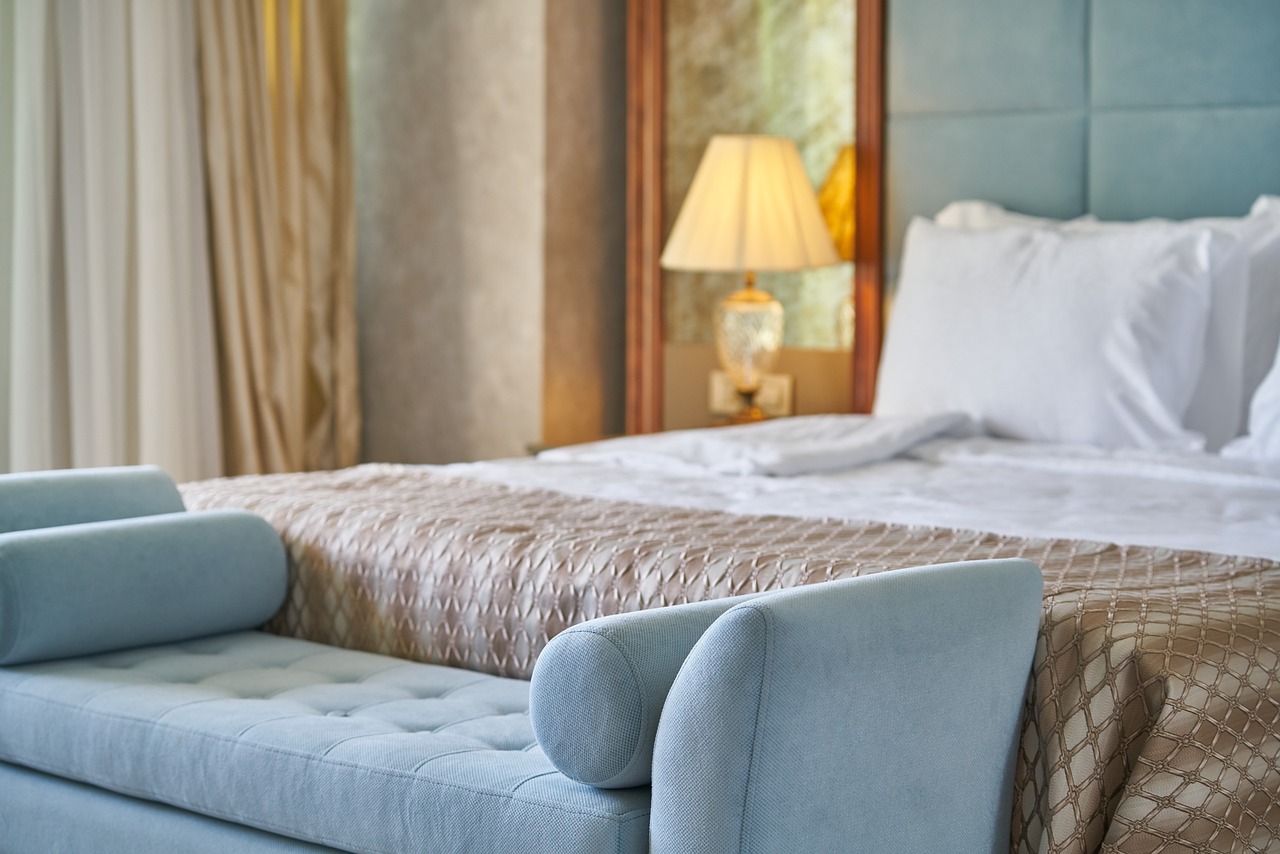In a recent strategic evaluation of revenue generation for a distinguished independent luxury hotel in San Francisco, we delved into the challenges this property faces in restoring its revenue to pre-pandemic levels. The hotel sought expert guidance from TCRM on various aspects, including its Revenue Management System (RMS) configuration, distribution strategy, pricing strategies, and business mix.
There was one specific issue from the evaluation that stood out. It reminded me of an often-heard question in many front offices, “what do we do with all these suites?”.
The Hotel Suite Conundrum
Several decades ago, the prevailing wisdom led hotel owners and designers to incorporate a significant number of suites into their properties, assuming a robust demand for these premium accommodations. However, the reality has proven different. Often, these suites remain unoccupied or are offered as complimentary upgrades.
So, what went wrong with this idea?
For larger hotels that host group events or have substantial international clientele, maintaining a substantial suite inventory makes sense. Suites are valuable concessions to attract group business and satisfy VIP guests.
However, not all hotels enjoy such steady demand for these upscale rooms. In times of market disruption, like a pandemic, or when guest demographics change, the demand for suites can plummet. This leaves hotels grappling with the challenge of what to do with their unoccupied suites.
Addressing the issue, hoteliers often resort to upgrading their highest-paying guests or loyalty program members to suites after overselling standard room inventories. While this tactic can help maximize room occupancy, it’s not the most revenue-maximizing option.
Charting a Better Path
In our strategic evaluation, we recommended a range of options to solve this challenge, some of which may require financial investment, while others are cost-effective or free alternatives.
1. Pricing Differentials:
One effective strategy to address the suite dilemma involves adjusting pricing differentials, which is the gap between suite prices and the hotel’s other accommodations. This adjustment is generally a simple and cost-free way to boost suite sales. Often, suites are priced too high, which limits their appeal to potential guests.
In our Strategic Assessment, we recommended two tactical solutions including modifying the suite price differential based on the day of the week, knowing that certain days of the week run lower occupancy than others; and seasonal variations based on market demand. Exceptions to these tactics could also be made during citywide conventions or other periods of high demand.
2. Upselling at the Point of Reservation:
While most guests make reservations online, some still prefer to call the hotel to make their bookings. This presents an ideal opportunity for reservation staff, whether on-site or off-site, to offer upsells. There are two primary approaches, and both require training in attribute, or features & benefits, selling: selling a suite at its prevailing rate or providing a “fallback” upsell rate for suites when callers initially select a lower-priced room.
While some may view the second option as potentially leaving money on the table, offering a fallback rate can often make the difference in securing a suite booking at a higher Average Daily Rate than a standard room. This is another relatively inexpensive or cost-free way to sell suites.
3. Pre-Arrival Emails:
It’s a common practice to send pre-arrival emails to confirmed guests with special offers to upgrade. However, hotels often overlook the opportunity to review and adjust these offers based on their forecasts. Many hotels treat these emails as a “set and forget” feature, missing a chance to optimize revenue.
Third-party technology has evolved, and now some companies offer AI-driven dynamic pricing offers based on hotel inventories and forecasts. ROOMDEX is one such recommended option, leveraging advanced technology to tailor pre-arrival offers for guests. Additionally, companies like Nor1 and Upsell Guru also provide similar upsell software solutions that allow hotels to maximize their revenue potential through personalized and dynamically priced offers. It’s important to note that while these third-party pre-arrival email technologies offer valuable features, there is generally a fee associated with their usage
4. Front Desk Upsell:
This is a final effort to fill suites, typically employed at the front desk during the check-in process. Regardless of how guests made their reservations or whether they received or responded to pre-arrival emails, nearly all guests pass by the front desk during check-in. This presents an opportunity to upsell the remaining suites in inventory for a revenue boost. Front desk associates can be motivated to upsell suites with appropriate sales training and incentives.
Ideally, if the previous strategies have been effectively implemented, there will be fewer suites left to upsell at this stage.
Which Method of Maximizing Hotel Suite Revenue is Best?
In conclusion, tackling the predicament of having too many suites requires a multifaceted approach that encompasses adjusting pricing differentials, capitalizing on reservation opportunities, leveraging pre-arrival emails, and optimizing front desk upselling.
These strategies, as highlighted in a recent Strategic Assessment for a client, provide hotels with practical solutions to maximize revenue potential while ensuring suites find their deserving occupants. By embracing these tactics and continuously refining their suite management strategies, hotels can turn their suite inventory into a valuable asset rather than an underutilized resource. In doing so, they can bolster their financial performance and enhance the overall guest experience, proving that even the most luxurious accommodations can find their rightful place in a hotel’s revenue strategy.
Moreover, the impact of implementing these strategies is substantial. In the Strategic Assessment we recently completed for the luxury hotel in San Francisco, we conservatively estimated a $90,000 increase in annual revenue attributable to implementing the tactics outlined above. This not only underscores the financial significance of optimizing suite management but also serves as a testament to the effectiveness of leveraging advanced technologies and strategic approaches. The prudent integration of these revenue-maximizing tactics not only contributes significantly to the bottom line but also ensures that each suite contributes its fair share to the overall success of the hotel.


